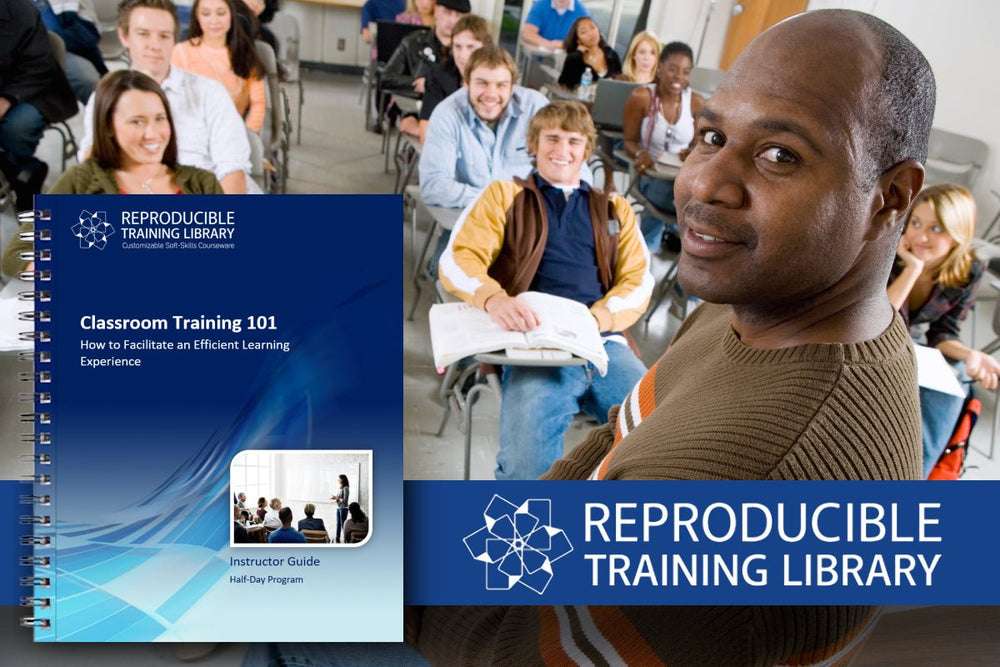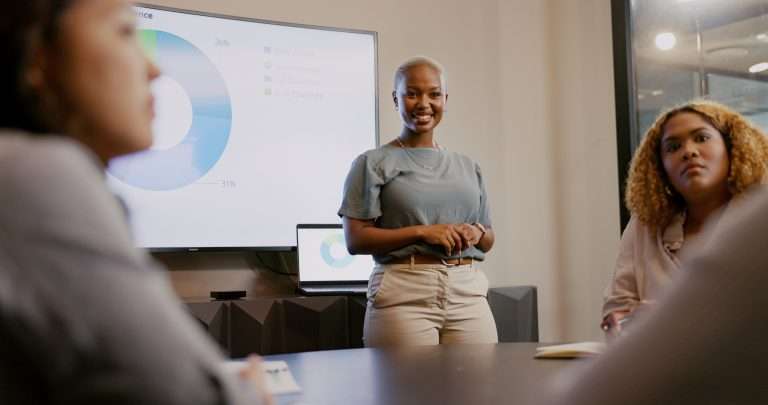Lighten Up
The first step in discovering your natural humor is to Lighten Up. Although funny is a result of natural tension, tense presenters stifle humor. When you tense, your learners tense. You’re not a warden, and a learning environment shouldn’t feel like a prison. Life is too short for unnecessary dramatics anyway. Relax and let the learners feel your relaxation.
Amuse Yourself
Having adopted a lighter attitude, amuse yourself. Laugh at the absurdities of life. There is plenty to be found in corporate life, government, and relationships. In the learning environment, seek out the fun. Share that humorous aside when it occurs to you (as long as you do not demolish your training timeline). In general, have a good time.
Understand Humor
Once you’ve relaxed and created a humor-friendly environment, you can apply the common formulas that make funny funny. All jokes are based on surprise. A joke, simply put, leads you down a path of expectations. The humor arises when the listener realizes that the path is different than what the listener thought. The resulting surprise leads to laughter. The more an item surprises a listener, reflects a truth in life, and provides unexpected insight, the funnier it will be.
The best way to understand humor is to watch the pros, especially the comedians. When you catch yourself laughing at a comedian’s joke, dissect it. You’ll see that it starts with a premise statement. The comedian then adds a small amount of detail, and then surprises you with a punch line that twists and redefines the prior statements. That twist is what results in laughter. Here’s a simple example:
Premise statement – There’s nothing but disasters in the news.
Minimal detail – Plane crashes. Hurricanes. Wildfires.
Twist ending – The Kansas City Chiefs’ Super Bowl performance.
Gather Material
Once you understand the basic comedic formulas, the next step is to gather material. It is not a good idea to tell jokes in the classroom. You can, however, use the formula to come up with your own humorous asides and situations. This is where strong facilitation techniques come into play – reading the room, adapting your delivery, and making humor feel natural rather than forced. Take comedians, for example. The process most comedians use is trial and error. They will insert a new line into their show. If it gets a laugh, they’ll keep it. If it doesn’t, they change it and try it again. If it gets a small titter, they will tweak it and try it again. They will continue honing and refining it with each delivery, searching for ways to make the line funnier. They’ll add words. They’ll take out words. If it gets less of a laugh the next night, they’ll revert to the delivery they used the night before. They’ll keep tweaking until the titter becomes a belly laugh.
And most importantly, if no one laughs, they’ll cut it. In this way, you can hone your material. Eventually, you’ll have a line you can count on every time.
Following this process, I’ve developed a line that always gets a laugh. When introducing the content I will cover at the start of a session, I will say, “So, let’s get started. We only have four hours together.” The twist? It’s usually a one-hour session. The line always gets a laugh and starts my session off on the right, and light, note.
Handle with Care
Humor is dangerous. Some subjects are simply not acceptable: religion, politics, race, age, nationality, disabilities, your learners. Using thoughtful facilitation techniques ensures that humor stays inclusive, appropriate, and engaging. A good rule of thumb is to laugh at yourself. Never insult your trainees, your bosses, your organization, or your fellow trainers. One wrong comment can ruin the whole event.
If you follow the steps I’ve outlined, you, too, can be funny. Nothing but your own fear prevents you from being the natural comic you are. Make learning accessible, not awkward. Make it irresistible, not uncomfortable. Make it fun, not frightening. Make ‘em L-A-U-G-H, and they will learn.


























